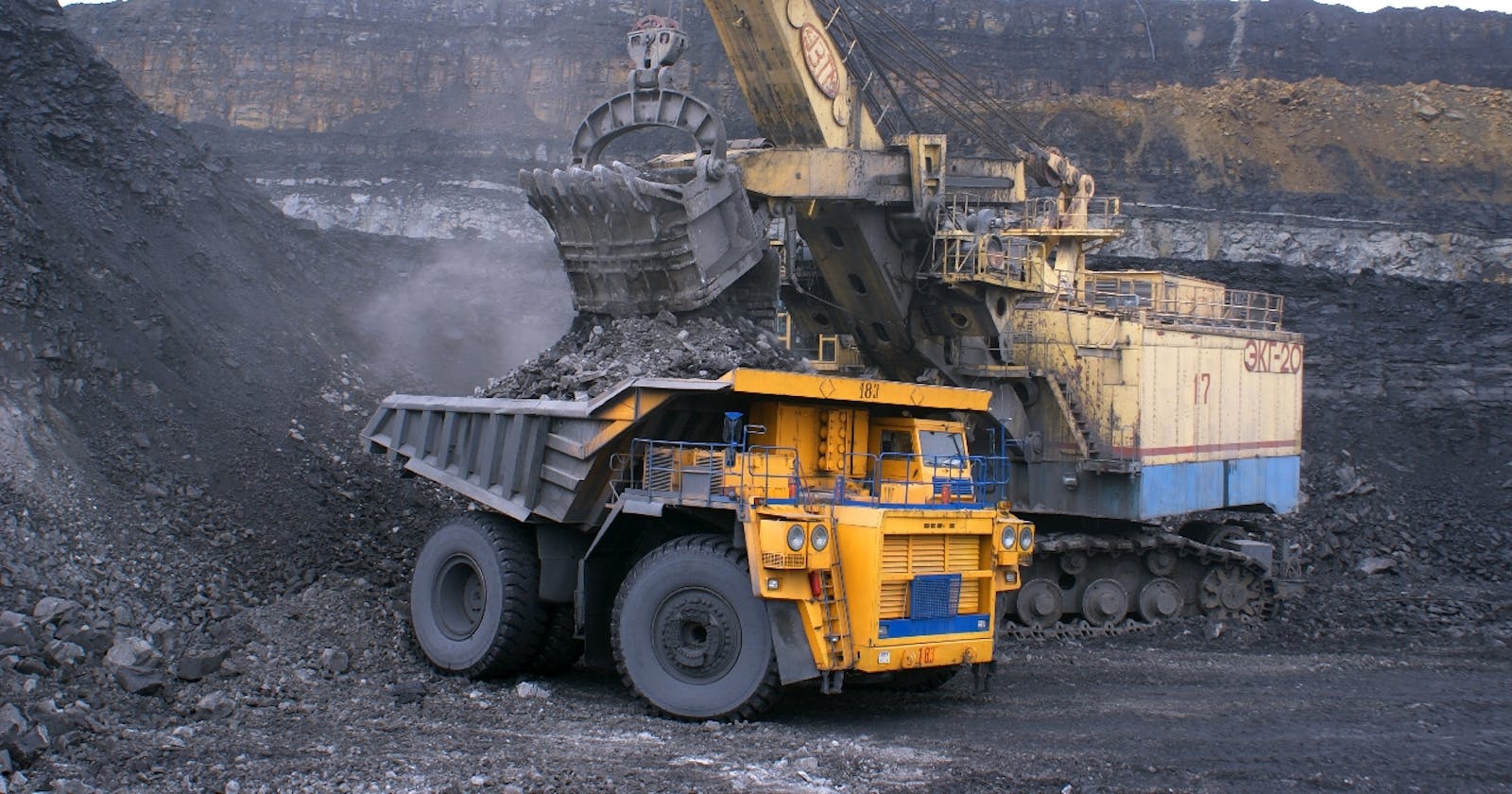What you need to know (in a nutshell)
AI is being adopted in the mining sector to optimize processes and improve efficiency.
Machine learning is a type of AI most commonly used in mining to identify patterns and trends in data.
AI-based mining inventions can be protected by patents.
Full Article
It's important to be aware of the growing adoption of AI in the mining industry. AI can help optimize processes and operations, improve efficiency, reduce costs, and improve the health and safety of mine workers. For example, machine learning, a type of AI, is commonly used in the mining sector and is currently being applied to the exploration of resources, autonomous vehicles, and mineral processing. Machine learning uses large volumes of data to identify patterns and trends, make predictions and identify potential exploration targets, and optimize mineral processing.
It's also important to understand the challenges around protecting AI and machine learning inventions in Australia. The patentability of computer-implemented inventions is currently a fluid area in Australia, with recent decisions from the Australian Patent Office and Courts being unfavourable to patent owners. In this article, we provide guidance on how mining companies can seek protection for their AI-based inventions in Australia.
One way to protect AI-based mining inventions is using patents which requires fully describing the technical implementation steps and the technical problems solved by the invention in a patent specification. This can help demonstrate that the invention is more than a mere scheme or business method and is therefore eligible for patent protection.
It's important to understand that if the inventive concept of an invention lies in a technical implementation or application, it is more likely to be considered eligible for patent protection. For example, a patent-eligible AI-based mining invention might involve applying machine learning to automate a seismic interpretation of a subsurface geological region. The invention might include technical implementation steps such as acquiring a seismic dataset, performing clustering, running a machine learning algorithm to identify seismic facies, and generating a digital map of the seismic interpretation.
If the inventive concept is directed towards solving a technical problem in a specific industrial field, an invention is more likely to be considered eligible for patent protection. For example, a technical problem solved by an AI-based mining invention might be improving the accuracy and efficiency of identifying physical boundaries within the Earth. In addition, mining-related inventions often involve measuring or determining the physical characteristics of a physical structure, which can produce a physical and tangible result. This type of invention was considered patentable in a recent case, Technological Resources v Tettman. In this case, the invention involved a method and apparatus for processing mined ore, including crushing and grading the ore, separating different graded ores, and processing them to produce upgraded ore.
Even though AI-based mining inventions don't always involve physical steps, they often relate to carrying out method steps in relation to a physical feature using physical apparatus to produce physical and tangible results. As such, these inventions should be considered eligible for patent protection.
Even though AI-based mining inventions often involve digital elements, they still relate to physical structures and characteristics. For example, in the seismic interpretation example, the seismic dataset, identified seismic facies, and digital image of the seismic interpretation all represent the physical structure and characteristics of a subsurface geological region. The digital recorded seismic dataset is acquired using physical seismic sensors, and the method steps are performed by a physical apparatus (i.e. a computer). The physical and tangible results of the invention may include the identification, characterization, and delineation of geological layers and hydrocarbon or mineral deposits in the region.
Mining inventions that provide some sort of physical effect, such as a concrete phenomenon or transformation, may be eligible for patent protection. In the seismic interpretation example, the method involves taking an unprocessed seismic dataset and processing the data to generate a seismic interpretation and digital map of the interpretation. These outputs are both physical and made up of information processed and stored on a computer, representing changes in state or information in the computer. This physical effect may help to establish the invention's eligibility for patent protection.
To ensure that an AI-based mining invention is eligible for patent protection, one consideration is whether the invention lies in the computerisation of a method or in an improvement to computer technology. To achieve this, it's important to be creative in how the computer is used, rather than simply using it as a tool for implementing a business method or using it for its well-known or generic functions. This can help to establish the invention's eligibility for patent protection.
As AI continues to be adopted in the mining industry, it is important for mining companies to consider how to protect their AI-based inventions in Australia. In most cases, AI-based mining inventions should be considered patent eligible, but it is important to fully describe the technical details of the invention in the specification. This may include describing the technical implementation steps and any technical problems solved by the invention, as well as any physical and tangible results achieved. Additionally, it may be helpful to discuss how the computer is used in the invention in a way that is more than just implementing a business method or using its well-known functions. By considering these factors, mining companies can improve their chances of successfully obtaining a patent for their AI-based inventions.
